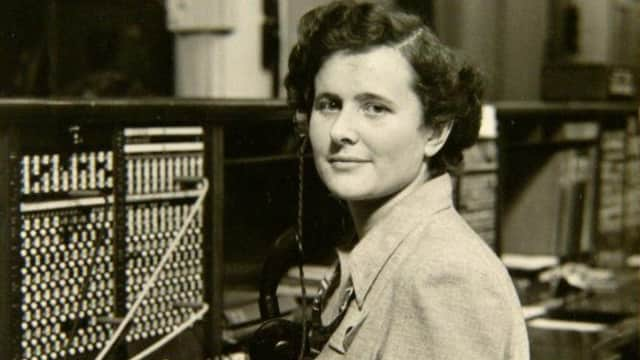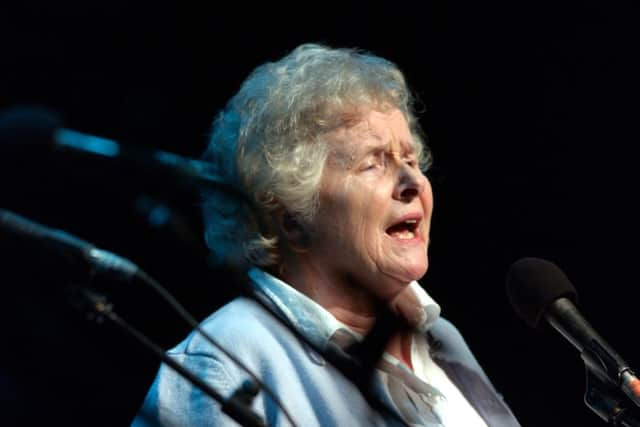Flora MacNeil: The queen of Gaelic music


SHE WAS the voice of generations who helped to popularise and revitalise Gaelic music while rescuing scores of traditional folk songs from being altogether lost and forgotten.
Flora MacNeil was born in 1928 into the remote community of Barra in the Outer Hebrides. The small island was, and still is, largely Gaelic speaking, and as a small child, Flora was fully-immersed in the ancient oral traditions of her surrounds.
Advertisement
Hide AdAdvertisement
Hide AdFlora hailed from a long line of singers on either side of her family, but it was through her mother and aunt, Ann and Mary Gillies, that she learned the most. From a tender age she was consuming old folk lyrics and melodies in their hundreds.


At age 4, Flora was able to recite the mature Mo Run Geal Og (My Fair Young Love) - a Jacobite lament in which a woman blames Bonnie Prince Charlie for the loss of her beloved - and many others from the Oran Mor (the Great Songs).
With little else other than work to distract them, Barra's isolated islanders were great purveyors of their own heritage and engaged regularly in Ceilidhs and sing-a-longs. Flora's parents were no different, and once it became clear that their young daughter possessed a singing voice of beauty, they encouraged her to make the most of it. Flora MacNeil would go on to become a global emissary for the great Gaelic traditions.
In her early twenties, Flora's big break came about somewhat by chance when she relocated to Edinburgh to work as a switchboard operator.
Her arrival coincided with a 1950s British folk revival and a renewed interest in traditional Scottish music. MacNeil began singing publicly at ceilidhs and folk concerts, eventually capturing the attentions of acclaimed Scottish poet and songwriter Hamish Henderson and American folklorist Alan Lomax.


In 1951, Henderson assisted in putting on a ceilidh during the inaugural Edinburgh People's Festival - a precursor of the Fringe - in which Flora gave a spell-binding performance, wowing the crowds with her expert delivery and tremendous presence. Alan Lomax was described as being 'bowled over': “It was in Edinburgh one June night… that Scotland really took hold of me. A blue-eyed girl from the Hebrides was singing.”
Flora MacNeil in rehearsal for the Scottish Women concert at the Glasgow Royal Concert Hall, 2003. Pic Donald MacLeod
Advertisement
Hide AdAdvertisement
Hide AdFlora sang forgotten songs in her native Gaelic tongue, spreading them out far and wide, effectively saving them from extinction.
In 1992 she was awarded an MBE for her services to Gaelic music and inducted to the Scottish Traditional Music Hall of Fame 13 years later.
She released two albums, the first in 1976 entitled Craobh nan Ubhal (The Apple Tree), and Orain Floraidh (Songs of Flora) in 1999.
Those influenced by Flora's work include performers such as Karen Matheson from the group Capercaillie and Julie Fowlis.
During a documentary about Flora's life, Neil Fraser, former deputy controller of Radio Scotland, remarked on the music which would have been lost had it not been for her efforts: “Flora has kept faith with the tradition. But for her and others like her, most of our heritage would be beneath the sod with the previous generation.”
Having followed in her mother's footsteps, Maggie MacInnes, a harpist and award-winning Gaelic singer herself, had this to say: "She soaked up the songs when she was growing up and did so without thinking about it.
“When she took these songs to the stages of the world, her authenticity, sincerity and love for them shone through.”
Flora MacNeil died in 2015 following a short illness. She was aged 86.